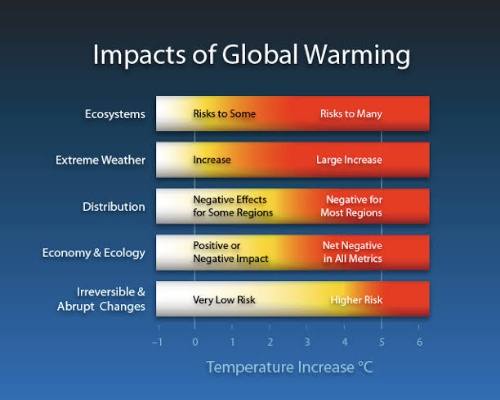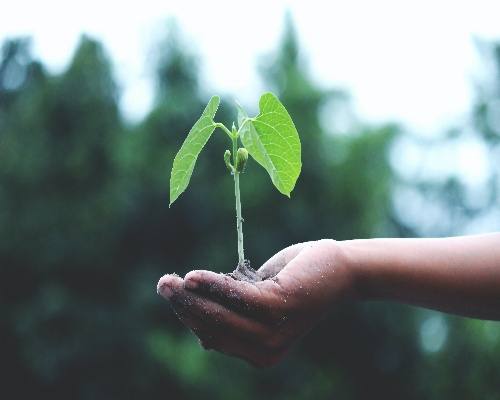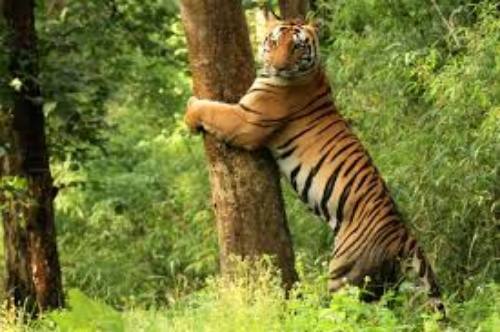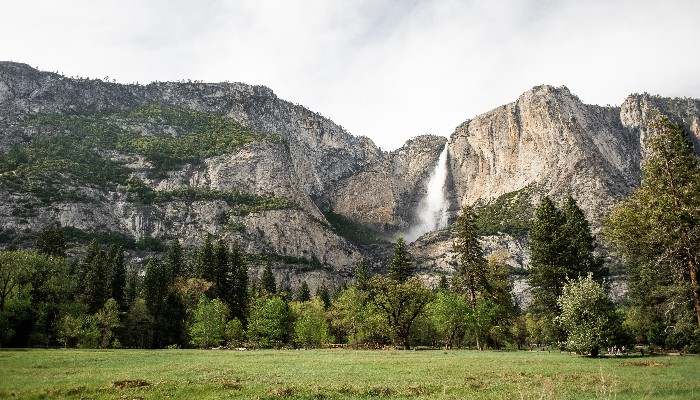The article covers the complete explanation of conservation of plants and animals class 8 as per NCERT books used in CBSE.
Every living organism on Earth is a member of a dynamic community known as the ecosystem. An ecosystem is a biological community of organisms and their physical environment interacting with each other to form a bubble of life.
What keeps the ecosystem balanced? The continuous interaction between the biotic and the abiotic components in an ecosystem is what keeps it balanced.
However, a serious threat is posed to this balance these days. The main reason being the increasing decline of its biotic component (biodiversity) which in turn is the result of large-scale practice of deforestation. This is what forms the core content of the chapter of conservation of plants and animals: class 8. It deals with the causes and the solutions to the same.
To understand the concept better, let us go through the topic now in detail.
Deforestation
Deforestation is the process of removal of a forest or stand of trees from land. It involves the conversion of forests into farms, ranches, urban and other non- forest use and is among the main reasons why there is utmost need for conservation of plants and animals.
The removal of trees without sufficient imposition of reforestation has led to habitat damage, biodiversity loss and aridity. Deforestation leads to extinction of species of plants and animals, adverse changes in climatic conditions, desertification and displacement of populations as observed through the fossil records of the past. It also adversely impacts the Biosequestration of atmospheric carbon dioxide, thus increasing the negative feedback cycles and contributing even more to global warming.
Effects of deforestation
1. Plantlife forms an integral part of the ecosystem and the natural habitat of various animals in that ecosystem. Destroying the plant life ultimately threatens the existence of animals in that particular ecosystem and leads to their extinction.
2. The percentage of carbon dioxide in the atmosphere increases rapidly due to increasing rate of deforestation. This leads to global warming as the increased concentration of carbon dioxide and other greenhouse gases result in trapping of heat radiations within the Earth’s atmosphere and do not allow them to radiate back at night. Recent studies prove that the carbon dioxide emissions from deforestation and forest degradation (excluding peatland emissions) contribute about 12% of the total anthropogenic carbon dioxide emissions with a range from 6% to 17%.
Related: Bad effects of festivals on the environment

Deforestation also causes carbon stores held in soil to be released soil erosion.
3. The water cycle is also affected adversely by the process of deforestation. Trees extract groundwater through their roots and release it into the atmosphere through transpiration. When a part of forest is removed, the trees no longer transpire this water, resulting in a much drier climate.
Deforestation reduces the content of water in the soil, groundwater as well as the atmospheric moisture. The dry soil leaves lower water intake for the trees to extract. This results in soil cohesion, often leading to flooding and landslides in many cases.
Conservation of plants and animals
1. Reforestation
Reforestation refers to the process of restoration of existing forests, greenery and woodlands that have been depleted due to deforestation by planting trees. This method is used to rectify the bad effects of deforestation by soaking up pollution and dust from the air, rebuilding natural habitats and ecosystems, mitigating global warming since forests facilitate biosequestration of atmospheric carbon dioxide and extraction of resources like timber and other non-timber forest products as well.

The 2020 World Economic Forum held in Davos announced the creation of the Trillion Tree Campaign: an initiative aiming to plant 1 trillion trees across the world. The implementation of this plan if tailored to local conditions will lead to big environmental and societal benefits for all.
2. Biosphere Reserve
A Biosphere Reserve is an area which aims at conservation of plants and animals of a particular area or a region. The national parks and the wildlife sanctuaries form part of the biosphere reserve.
A biosphere reserve sometimes may contain other protected areas within it. For Example, the Pachmarhi Biosphere Reserve has a national park called the Satpura National Park and two wildlife sanctuaries- the Bori Wildlife Sanctuary and the Pachmarhi Wildlife Sanctuary within it.
-National Parks
A national park is build for conservation of wildlife, created and protected by national governments. In most cases, it is a reserve of natural, semi-natural or a developed land owned or declared by a sovereign state. Although the nations designate their own national parks individually and differently, there always exists a common idea of conservation of wild nature for posterity and as a symbol of national pride.

Another interesting feature about such national parks is the fact that tourism is allowed in these areas.
-Wildlife Sanctuary
A wildlife sanctuary is a reserved natural area meant for the preservation, development and protection of threatened and endangered species. For example, the Kaziranga Wildlife Sanctuary for Rhinoceros in Assam, Kamlang Wildlife Sanctuary in Arunachal Pradesh are a few examples of Wildlife Sanctuaries in India.
The capturing, killing and poaching of animals is strictly prohibited in such regions. Only biologist activities and researches are permitted in the wildlife sanctuaries. The sanctuaries that are created on public land are sometimes also involved in public use along with the purpose of conservation of plants and animals (biodiversity). For example, golf courses, picnic areas, lakes for boating and swimming etc are allowed in some wildlife sanctuaries.
Red data book
Red data book is the source where the record of all the endangered animals and plants are kept stores in systematised manner. There are different types of Red Data Books available for all- plants, animals and other species. Each species has a different red book data which serves as a source of central information in organizing studies and monitoring programs on the rare and endangered species and their habitats.

It is maintained by the International Union for the Conservation of Nature Resources (IUCN) and contains the most updated information about the global conservation status of species. This data can be used by countries for formulating regulations and plans for conservation of plants and animals.
Migration
Migration is the relatively long-distance movement of animals usually on a seasonal basis. It is found in all major animal groups including birds, mammals, fish, insects, reptiles, amphibians and so on. It mostly occurs due to following reasons:
- Sudden climatic change
- Search for food or more livable conditions
- For breeding purpose etc.
While most of the migration occurs on an annual cycle, some daily movements are also referred to as migration. Many aquatic animals make a diel vertical migration and travel a few hundred meters up and down the water column. While some of the others like the jellyfish make daily horizontal migrations and travel a few hundred meters across a lake.
Conclusion
Existence on Earth would not be possible without conservation of plants and animals. Rich biodiversity is vital for our survival. Therefore we must all make efforts to conserve biodiversity rather than ignorantly contributing towards its declination.
